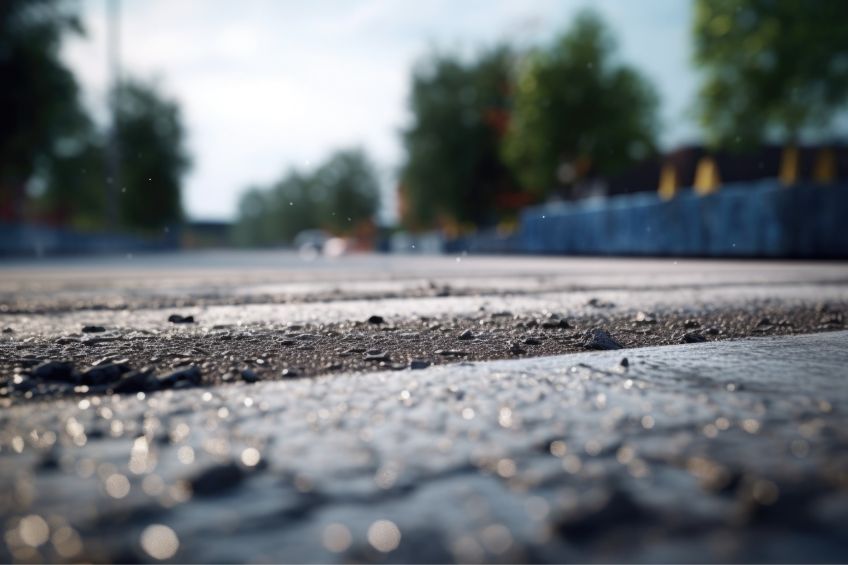
One quick, simple, and affordable way to repair damaged concrete surfaces is concrete slab leveling. This repair method can be used to raise and stabilize sunken outside slabs such as cracked driveways, sagging steps, uneven sidewalks, and more. Slab leveling is often accomplished using two distinct methods: polyjacking and mudjacking. What makes a difference? And which one ought you to select?
Mudjacking: Benefits and Drawbacks
Mudjacking is an approach that has been around since the early 1930s and is regularly used. Not much has changed in the years since slab leveling has been shown to be successful.
Drilling several two-inch holes into the damaged concrete slab is the process of mudjacking. After that, a mixture of Portland cement, water, sand, and extra materials (such as aggregate of limestone, shale, and clay) is injected into the openings. The concrete is raised to its starting position by the mudjacking slurry, which fills in any gaps or voids beneath the slab. Among the benefits of mudjacking are:
The following are a few of mudjacking's drawbacks:
Pros and Cons of Polyjacking
Since its introduction in the 1980s for commercial applications, polyjacking has gained popularity as a method for leveling residential concrete slabs.
This concrete restoration method, which is also referred to as foamjacking, bears resemblance to mudjacking in that it necessitates the use of injections and drilled holes into the compromised slab. However, polyjacking differs in two significant ways. Firstly, the width of the openings is significantly reduced to just over a half-inch. Thus, the required drilling for polyjacking is conducted with reduced disruption. Second, polyjacking employs a lightweight polyurethane foam that expands to fill voids beneath the slab, as opposed to a hefty cement mixture. The insulation reduces the load on the soil, thereby extending the concrete's stability.
Some of the disadvantages of polyjacking are as follows:
Which Technique Should You Select for Concrete Slab Leveling?
For the purpose of fixing cracked, sunken, settling, and damaged concrete, both mudjacking and polyjacking are effective. What your goals are will determine which solution is best for you.
Do you want your concrete slab to seem nearly flawless with minimal signs that repairs were made? If so, your best option is to polyjack the concrete because the tiny holes and cracks become harder to see once the cement fills them in. Consider these benefits and drawbacks of polyjacking carefully to decide if it's the best option for your concrete leveling requirements. When used properly, it can be a great way to keep surfaces level and safe for many years to come.
If cost is the primary consideration, mudjacking may be a more suitable option. With certainty, the repairs you perform will not be overly conspicuous. Consider that the durability of any proposed repairs will be determined by both the quality of the work and the condition of the underlying soil. If you're not sure if mudjacking is the right move for your situation, getting professional guidance can assist.
The knowledgeable staff at Lift Right Concrete LLC offers free estimates for polyjacking and mudjacking to homeowners in Utah. Contact us as soon as possible to set up an estimate for concrete slab leveling.